Disclosure: This article contains affiliate links. We may earn a commission from purchases at no extra cost to you, which helps our travel content.
As someone who's spent years studying the relationship between geological formations and renewable energy potential, Indonesia has always fascinated me. This archipelago sits at the convergence of major tectonic plates, creating a living laboratory of volcanic activity and geothermal wonders. But beyond the scientific allure, Indonesia offers budget travelers an incredible bang for their buck. During spring break last year, I challenged myself to traverse from the bustling metropolis of Jakarta to the serene beaches of Bali on just $500 for two weeks. The journey became not just an exercise in frugal travel but an exploration of how sustainable tourism can help preserve these geological marvels while supporting local economies. Whether you're a student on break or simply someone who appreciates maximizing adventure while minimizing expenses, this itinerary proves that with careful planning, Indonesia's diverse landscapes are accessible without draining your bank account.
Planning Your Indonesia Budget Adventure
When I landed in Jakarta's Soekarno-Hatta International Airport last April, I had my entire trip meticulously budgeted in a spreadsheet—a habit from my engineering days that serves me well in travel planning. The key to making this journey work on $500 was strategic allocation: approximately $150 for accommodation, $100 for transportation, $200 for food and activities, and $50 for contingencies.
I booked my flights six months in advance using a fare alert system that notified me when prices dropped below $600 roundtrip from Pittsburgh to Jakarta (this cost isn't included in the $500 budget, which covers only in-country expenses). For planning, I relied heavily on my travel planner which has special sections for budgeting and itinerary mapping—perfect for keeping track of expenses while on the road.
My route would take me from Jakarta through Java, with stops in Yogyakarta and Mount Bromo, before crossing to Bali via ferry and bus. This overland journey not only saved money but allowed me to witness the gradual geological and cultural transitions across these Indonesian islands—something you'd miss completely by flying directly to Bali as many tourists do.
I deliberately chose spring for this trip because it falls just before high season. April-May offers that sweet spot where weather is generally favorable (though brief afternoon showers are common), while prices remain lower and attractions less crowded than during the June-August peak season.
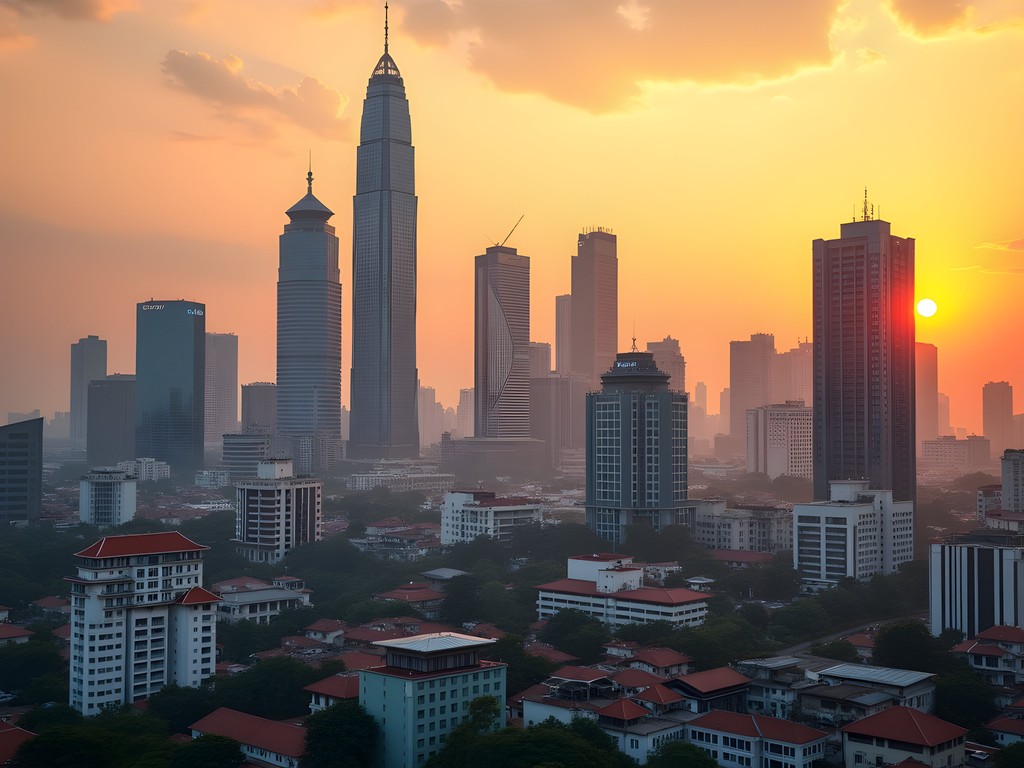
💡 Pro Tips
- Book accommodations 2-3 days in advance rather than months ahead to negotiate better rates in person
- Download the Traveloka app for discounted domestic transportation bookings
- Exchange money at official money changers in shopping malls rather than airports for better rates
Jakarta: Urban Adventure on a Budget
Jakarta often gets a bad rap from travelers eager to reach Bali's beaches, but spending 2-3 days here provided fascinating insights into Indonesia's rapid development and the engineering challenges of urban expansion in a geologically active region. The city sits on swampy ground that's sinking at alarming rates—up to 25cm per year in some areas—a phenomenon I've studied in relation to groundwater extraction and sea level rise.
I stayed at Six Degrees Hostel in the Cikini area ($8/night for a dorm bed) which became my base for exploring the city. The hostel's communal kitchen allowed me to prepare simple breakfasts, saving precious budget dollars while connecting with fellow travelers.
Jakarta's public transportation system has improved dramatically in recent years. The TransJakarta bus network and newly opened MRT make getting around affordable (less than $0.50 per ride) and relatively efficient. I purchased a reloadable travel card which worked across all public transportation systems and even at some convenience stores.
For attractions, I focused on free or low-cost options: wandering through the Dutch colonial architecture of Kota Tua (Old Town), exploring the National Monument grounds (Monas), and visiting the massive Istiqlal Mosque—Southeast Asia's largest. The highlight was the National Museum of Indonesia ($2 entrance), which houses an impressive collection of geological specimens and archaeological artifacts that tell the story of the archipelago's formation.
Street food became my culinary strategy, with delicious meals costing $1-3. The Menteng area near my hostel offered incredible satay, nasi goreng (fried rice), and my personal favorite—bakso (meatball soup) from vendors who have perfected their recipes over generations.

💡 Pro Tips
- Visit museums on Tuesday when many offer discounted or free entry
- Use the GoJek or Grab apps for occasional motorcycle taxi rides when time is limited
- Explore the Glodok area (Jakarta's Chinatown) for the most affordable street food options
Yogyakarta: Cultural Heart of Java
The 8-hour train journey from Jakarta to Yogyakarta ($12 for economy class) was a visual feast of volcanic landscapes and terraced rice fields. I splurged on a window seat to fully appreciate the geological tapestry of Central Java—a decision that paid dividends in both photographs and understanding of the region's agricultural adaptation to volcanic soil.
Yogyakarta (often called Jogja) quickly became my favorite Indonesian city. I stayed at Venezia Garden Homestay ($10/night for a private room) in the Prawirotaman area, a neighborhood popular with budget travelers but still authentically Javanese. The family-run homestay offered breakfast and invaluable local advice that saved me both time and money.
The city sits in the shadow of Mount Merapi, one of Indonesia's most active volcanoes, creating a fascinating juxtaposition between geological danger and cultural richness. As an engineer fascinated by how civilizations adapt to natural hazards, I was impressed by the traditional early warning systems and evacuation procedures that have evolved over centuries.
The main attractions—Borobudur and Prambanan temples—require entrance fees ($25 and $18 respectively for foreigners), which initially seemed to break my budget. However, I discovered that visiting Borobudur for sunrise required a special ticket through Manohara Hotel ($35 including hotel breakfast), which actually provided better value and a more magical experience away from the midday crowds. For Prambanan, I arrived at 3:30 PM and purchased the 4:00 PM discounted ticket ($10) which still gave me ample time to explore before sunset.
For transportation around Jogja, I rented a bicycle from my homestay ($2/day) and occasionally used the TransJogja bus system ($0.30 per ride). When exploring further afield, I joined forces with other travelers to share costs on a rented scooter—though I always make sure to use my travel insurance which covers motorcycle accidents, something many basic policies exclude.

💡 Pro Tips
- Purchase a combined Borobudur-Prambanan ticket at the first temple you visit for a 20% discount
- Eat at the student canteens near Gadjah Mada University for authentic, incredibly cheap meals ($1-2)
- Visit the smaller Pawon and Mendut temples near Borobudur for free
Mount Bromo: Geological Wonder on a Budget
The journey from Yogyakarta to Mount Bromo exemplifies how budget travel often leads to the most authentic experiences. Rather than taking an expensive tour ($100+), I navigated public transportation: a train to Probolinggo ($8), followed by an angkot (minivan) to Cemoro Lawang village ($2) at Bromo's edge. This not only saved money but allowed me to interact with locals and witness daily life in East Java.
The village of Cemoro Lawang sits at 2,217 meters above sea level on the edge of the massive Tengger caldera—a 10km wide collapsed volcano that now contains Mount Bromo and several other volcanic cones. As a renewable energy engineer, I was fascinated by the geothermal potential of this active volcanic complex, which Indonesia is increasingly tapping for sustainable electricity generation.
I stayed at Cemara Indah Homestay ($15/night) where the owner, Mr. Suharto, shared stories of Tengger traditions and their spiritual connection to the volcano. The Tengger people are one of the few Hindu communities remaining on Java, and their ceremonies often involve offerings to the crater.
The standard tourist approach is to book a jeep tour ($35-50) for the sunrise viewpoint and crater visit. Instead, I hiked the route myself, departing at 3:30 AM with my headlamp lighting the way through the pre-dawn darkness. The 3km uphill hike to Penanjakan viewpoint was challenging but rewarding—I arrived just as the first light revealed the ethereal landscape of Mount Bromo emerging from the sea of fog below.
After sunrise, I descended into the massive caldera, crossing the famous 'sea of sand'—a vast plain of volcanic ash—to reach Bromo's crater. The ground was warm beneath my feet, a constant reminder of the geothermal activity below. Standing at the crater's edge, watching sulfurous steam billow from deep within the earth, I was reminded why I became fascinated with geology in the first place: these natural forces shape our planet and offer sustainable energy solutions if we harness them respectfully.
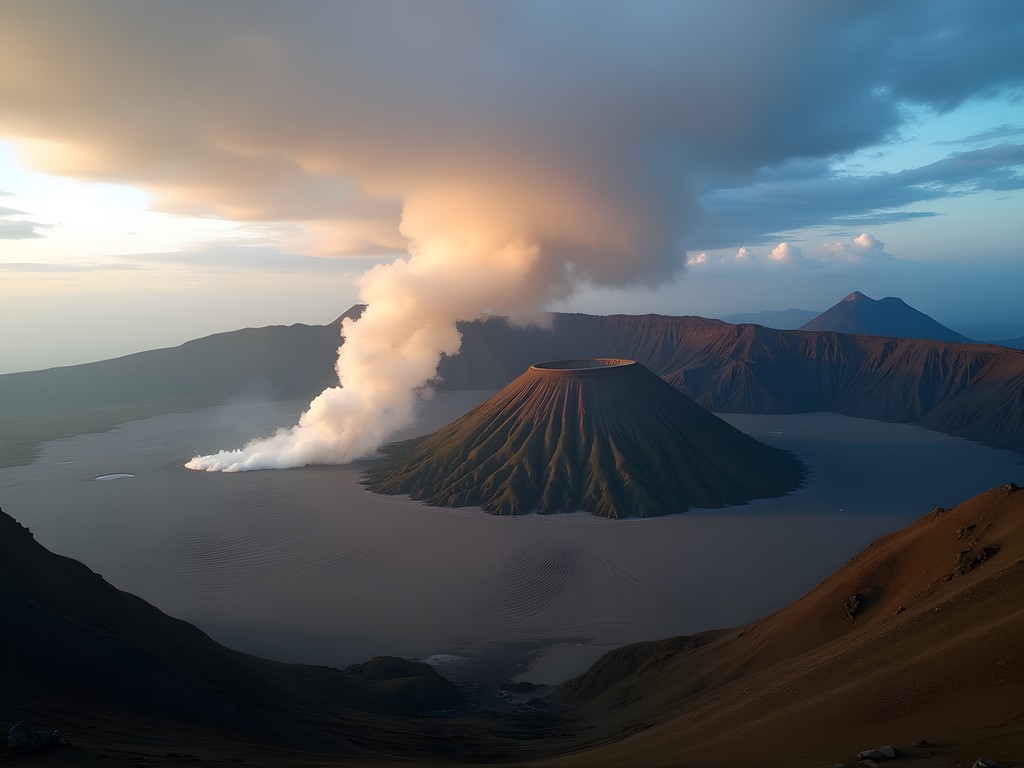
💡 Pro Tips
- Pack warm layers as temperatures at Bromo can drop to 5°C (41°F) before sunrise
- Bring a bandana or mask to protect against volcanic dust, especially if the wind picks up
- Take the less-used Kingkong Hill viewpoint path for fewer crowds and equally spectacular views
Crossing to Bali: Ferry Adventures and Hidden Gems
The journey from Mount Bromo to Bali represents one of the greatest values in budget travel. Rather than flying, I took the overland route: a shared van to Probolinggo ($3), a bus to Banyuwangi ($7), and finally the public ferry to Gilimanuk in Bali ($3). This 12-hour journey may seem daunting, but it offered continuous views of East Java's volcanic landscapes transitioning to Bali's lush terrain.
The ferry crossing through the Bali Strait provided a fascinating lesson in Indonesian maritime engineering. The narrow strait creates strong currents that challenge vessel navigation—a problem solved through specifically designed hull shapes and precise docking procedures. As we crossed, I spotted dolphins playing in our wake, a welcome natural distraction from the somewhat basic ferry conditions.
From Gilimanuk port, most tourists head straight to southern Bali's popular beaches. Instead, I took a bemo (local minibus) to Pemuteran ($4) on Bali's less-developed north coast. This decision saved money and introduced me to a tranquil side of Bali that many visitors never experience.
In Pemuteran, I stayed at Kubuku Homestay ($12/night) just 200 meters from a beach with exceptional snorkeling. The reef restoration project here uses Biorock technology—low-voltage electrical currents that accelerate coral growth up to five times the natural rate. As an engineer, I was fascinated by this sustainable approach to ecosystem rehabilitation and spent hours snorkeling among the artificial reef structures, which now teem with marine life.
After three days in northern Bali, I traveled by shared shuttle ($5) to Ubud in the central highlands. Rather than staying in increasingly expensive central Ubud, I found accommodation in nearby Penestanan village at Rumah Roda Homestay ($15/night). The 15-minute walk into town passed through rice fields and small temples, providing a daily dose of Bali's famous scenery without the premium price tag.
For getting around Ubud and exploring nearby attractions, I rented a foldable daypack that compressed to pocket size when not needed but expanded to carry water, snacks, and rain protection during day trips. This simple item saved me countless dollars on overpriced drinks and snacks from tourist areas.

💡 Pro Tips
- Take early morning bemos (local minibuses) for the most reliable service and to avoid afternoon heat
- When crossing by ferry, head to the upper deck for better views and breeze (no extra charge)
- In Pemuteran, borrow snorkeling gear from your guesthouse rather than renting from beach vendors
Ubud and Southern Bali: Cultural Immersion Without Breaking the Bank
Ubud represents both the cultural heart of Bali and a potential budget-buster if approached carelessly. My strategy focused on free and low-cost activities: hiking the Campuhan Ridge at sunrise (free), exploring the public areas of the Water Temple at Tirta Empul (entrance donation), and wandering through rice fields away from the Instagram-famous (and increasingly expensive) Tegallalang.
The Sacred Monkey Forest Sanctuary ($5 entrance) offered excellent value—I spent nearly three hours observing macaque social structures and their adaptation to human proximity. As someone fascinated by environmental adaptation, watching these primates navigate between natural behaviors and tourist interactions provided valuable insights into wildlife conservation challenges in popular destinations.
For meals in Ubud, I alternated between warungs (small family restaurants) where delicious nasi campur (mixed rice plates) cost $1-2, and the Ubud Market where $3-4 bought enough fresh tropical fruit to last two days. Occasionally, I treated myself to Balinese coffee at local cafés ($1) rather than tourist-oriented coffee shops ($3-5).
From Ubud, I took a shared shuttle ($5) to southern Bali, staying in the Jimbaran area at Puri Bambu Homestay ($18/night). While this was my most expensive accommodation, its strategic location allowed me to visit multiple beaches without additional transportation costs. Each morning, I'd fill my water filter bottle with tap water—saving approximately $5 daily on bottled water while reducing plastic waste, a small contribution to preserving Bali's fragile ecosystem.
Instead of expensive beach clubs, I discovered that many high-end hotel beaches in Bali are actually public access (Indonesian law guarantees beach access). By entering through adjacent public paths and bringing my own snacks and water, I enjoyed the same pristine environments without minimum spend requirements.
For my final Bali experience, I splurged on a sunrise hike up Mount Batur volcano ($25 including transportation and guide—mandatory for safety reasons). As we reached the 1,717-meter summit before dawn, our guide explained how the volcano's 2000 eruption had transformed local agriculture. When sunrise illuminated the crater and lake below, I reflected on how this two-week journey had connected my professional interest in geological forces with my personal passion for sustainable, accessible travel.
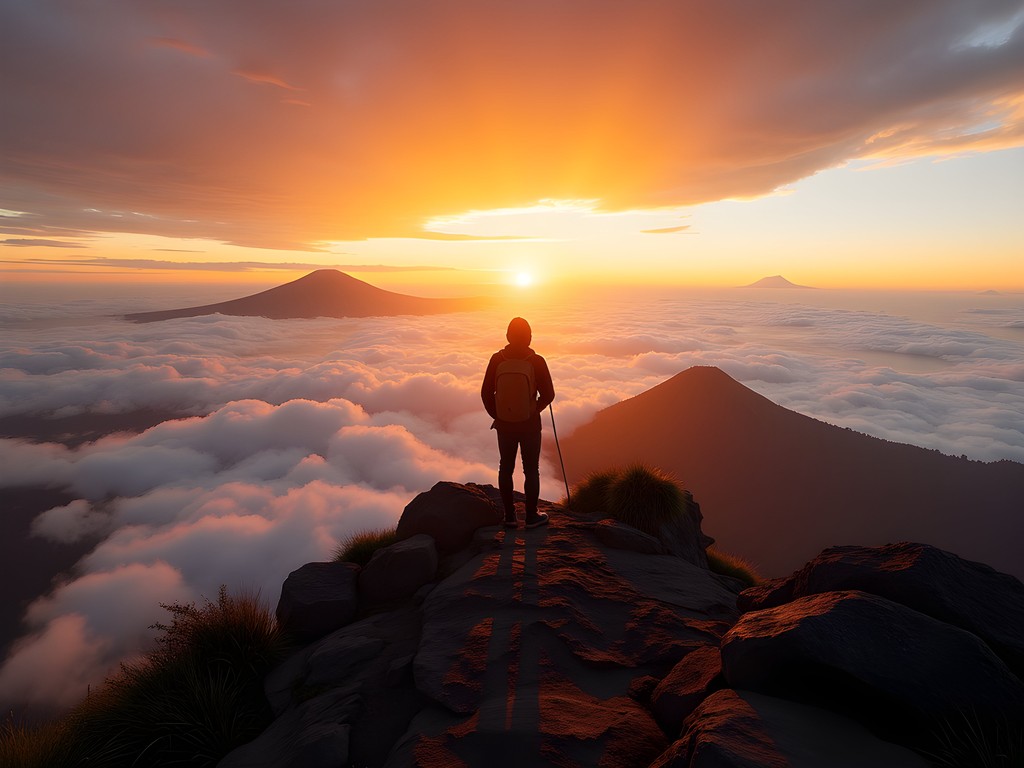
💡 Pro Tips
- Visit Ubud's famous attractions after 4pm when most tour groups have departed
- For cheap eats in southern Bali, head to Kedonganan fish market where fresh seafood is grilled to order at local prices
- Use the 'Gojek' app for occasional scooter taxi rides—often 50% cheaper than regular taxis
Final Thoughts
This two-week journey from Jakarta to Bali proved that with careful planning, strategic transportation choices, and a willingness to venture beyond tourist hotspots, Indonesia offers extraordinary value for budget travelers. My final tally came to $487—under budget by $13, which I donated to the coral restoration project in Pemuteran. The engineering marvels I witnessed—from ancient temple construction techniques to modern geothermal energy development—reinforced my belief that sustainable tourism can support both environmental conservation and local economies. For students and budget travelers considering Indonesia, remember that each dollar saved isn't just good for your wallet; when spent thoughtfully with local businesses and conservation initiatives, it becomes an investment in preserving these geological wonders for future generations. Indonesia's volcanoes have been shaping these islands for millions of years—our responsibility is to ensure our travels help protect rather than harm these dynamic landscapes.
✨ Key Takeaways
- Overland travel between islands saves money and provides deeper cultural insights than direct flights
- Northern Bali offers comparable experiences to southern regions at 30-40% lower costs
- Hostels and homestays not only reduce expenses but connect you with locals who provide invaluable advice
- Public transportation in Indonesia is extensive, affordable, and an adventure in itself
- Supporting local conservation efforts like reef restoration projects creates sustainable tourism models
📋 Practical Information
Best Time to Visit
April-May (late spring) or September-October (early fall)
Budget Estimate
$30-35 per day ($420-490 for two weeks)
Recommended Duration
Minimum 12 days, ideally 14-16 days
Difficulty Level
Moderate

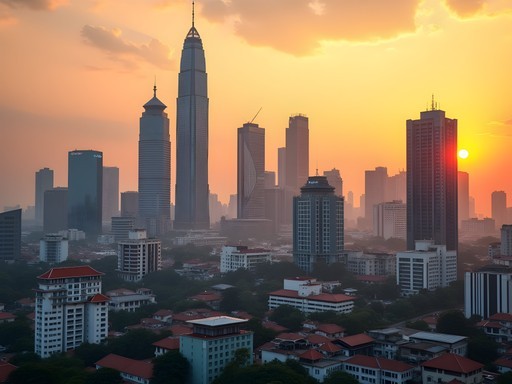







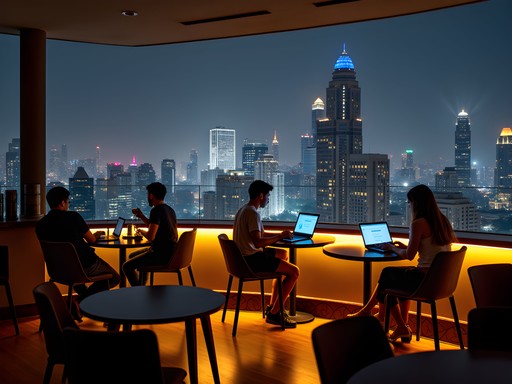
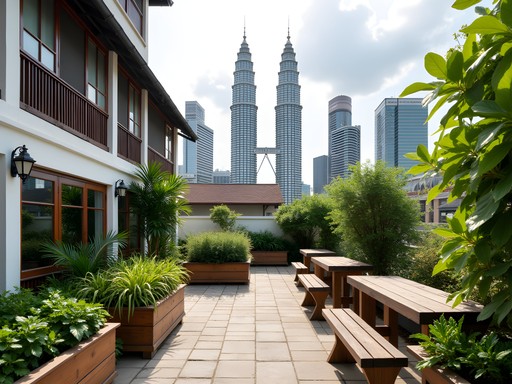

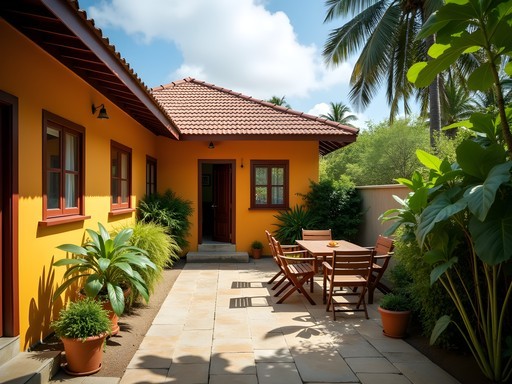
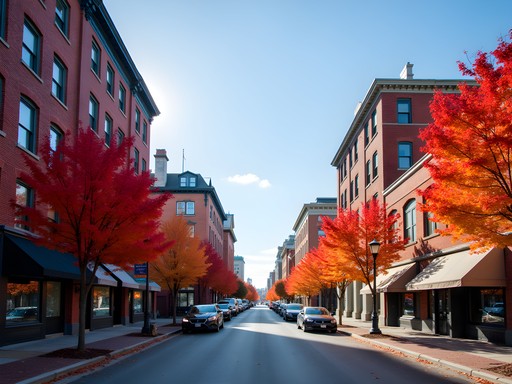
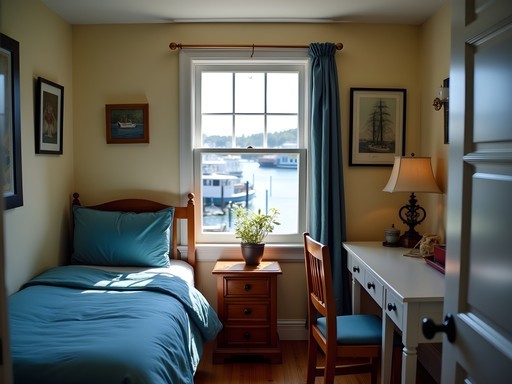
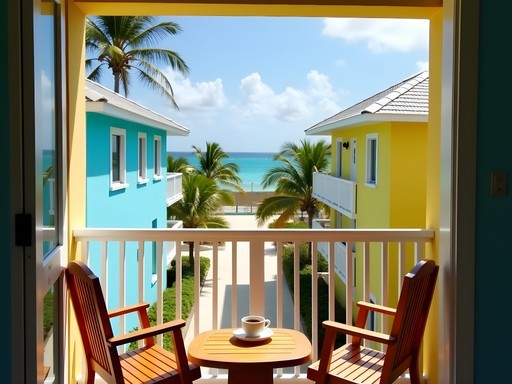

Comments
Frank Garcia
Great breakdown of costs! I'd add that taking the train from Jakarta to Yogyakarta is not only cheaper but actually more comfortable than flying. The scenery through rural Java is incredible. One thing I'd suggest for Mount Bromo - skip the organized tours and just hire a local motorbike driver at the base. I paid about $15 for a full day including sunrise viewpoint and the crater walk. Also, the homestays in the villages around Bromo often include dinner with local families which was a highlight of my trip. I used my headlamp for the pre-dawn hike and it was essential since the paths aren't lit.
redrider
Did you feel safe on the local motorbikes? I'm a bit nervous about that part.
Frank Garcia
Totally safe! The drivers do this route daily and know every turn. Just make sure to agree on price beforehand and wear the helmet they provide. The views are worth any initial nervousness!
redrider
This is exactly what I needed! Planning my Indonesia trip for next spring and was worried about costs.
Frank Garcia
You'll love it! I did a similar route last year and it's totally doable on a tight budget. The local buses between cities are an adventure themselves!
redrider
Any hostels you'd recommend in Yogyakarta? That's where I want to spend most time.
Frank Garcia
Check out Edu Hostel near Malioboro Street - under $10/night, great common area for meeting people, and they organize affordable tours to Borobudur. The morning market nearby has the best breakfast for less than $2!
Taylor Moreau
As someone who's traveled to Indonesia numerous times for both business and pleasure, I'm impressed by how comprehensive this guide is. Robert has captured the essence of budget travel without sacrificing the cultural experience. One tip I would add is that many hotels in Jakarta offer substantial discounts on weekends when business travelers leave. Also, for those interested in the geological aspects Robert mentioned, the Geological Museum in Bandung (just a short train ride from Jakarta) is worth adding to your itinerary if you have an extra day. It provides fascinating context to all the volcanic landscapes you'll encounter throughout your journey.
bluetime38
Great post! How did you handle the ferry from Java to Bali? I've heard mixed things about the reliability and comfort. Also wondering if you used a travel daypack for your day trips? Looking for something lightweight but durable for my upcoming trip.
happyone
Not the author, but I took that ferry last year. It was basic but fine for the short crossing. Just be prepared for potential delays and bring snacks and water. The views are nice though!
luckyace
Those Mount Bromo sunrise photos are incredible! Worth waking up at 3am for?
Taylor Moreau
Absolutely worth it! I've seen many sunrises around the world during my business travels, and Mount Bromo ranks in my top 3. Just make sure to bring layers - it gets surprisingly cold before dawn at that elevation.
happyone
This is exactly what I needed! I'm planning a trip to Indonesia next month and was stressing about the budget. Did the same Jakarta to Bali route last year but spent way more than $500. Your tips about local warungs and the train from Jakarta to Yogyakarta are spot on! Did you have any issues with the language barrier in the smaller towns?
bluetime38
I was in Indonesia last summer and found that in touristy areas most people speak basic English. In remote areas, just learn a few phrases and use Google Translate. The locals really appreciate the effort!
happyone
Thanks for the tip! I'll definitely download some Indonesian phrases before I go.
journeylife
As someone who's done Indonesia multiple times, I'm impressed you managed this on $500! One thing I'd add - the local SIM cards are super cheap and reliable. I paid about $5 for 20GB that lasted my entire two-week trip. Made navigating so much easier, especially for finding those hidden local spots. Did you make it to any of the smaller islands off Bali? Nusa Penida was my highlight last trip - those cliffs are unreal!
travelchamp
Which provider did you use for your SIM card? Planning my trip now!
journeylife
I went with Telkomsel - available right at the airport. Super easy to set up and had coverage everywhere, even in remote areas.
Amit Sullivan
Fantastic breakdown, Robert! Your geological expertise really adds depth to this post. I did a similar route last year but spent way more - wish I'd had your guide! One tip for others: the train from Jakarta to Yogyakarta offers incredible views of the countryside and is super affordable if booked in advance. For Mount Bromo, I'd recommend bringing a proper dust mask as the volcanic ash can be quite intense - my travel scarf was a lifesaver. Also, don't miss the local coffee in Java - some of the best I've had in 30+ years of travel!
Robert Cruz
Thanks Amit! Great point about the dust mask for Bromo - the ash definitely caught me off guard. And yes, the Java coffee is incredible - I'm still having withdrawal symptoms!
summerphotographer
That sunrise at Mount Bromo looks incredible! How early did you have to wake up to catch it? And did you need a guide?
tripwalker
Going to Indonesia next month! Can you break down exactly how much you spent on accommodation? The $500 total seems too good to be true!
Robert Cruz
Sure thing! Accommodation was roughly $200 total - averaged $14/night in hostels. I stayed in dorms in Jakarta/Yogyakarta ($8-12/night) and splurged on a private room in Bali ($20/night). Food was about $150, transportation $100, and activities/misc $50. The key was eating at warungs (local eateries) and using GoJek for cheap rides!
Venture X
Premium card with 2X miles, $300 travel credit, Priority Pass